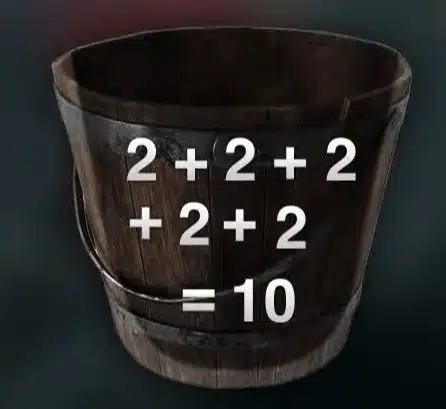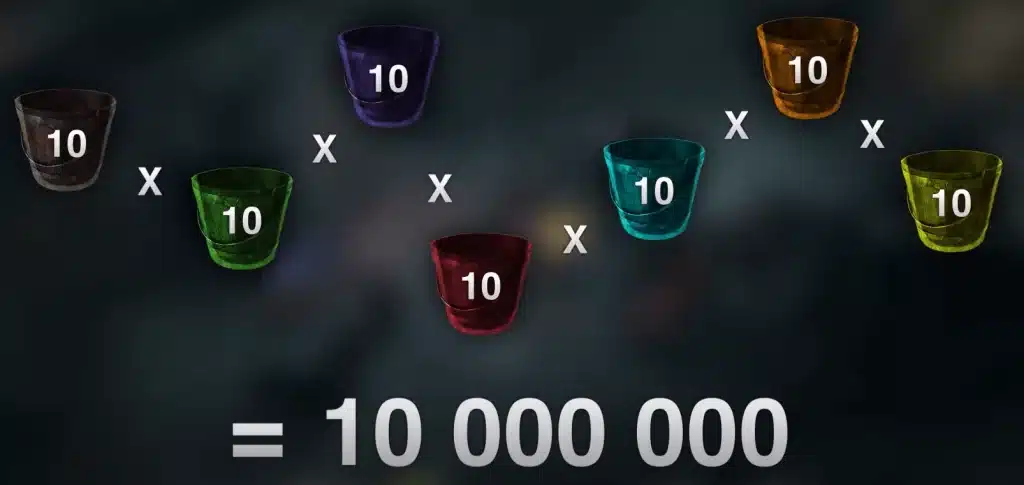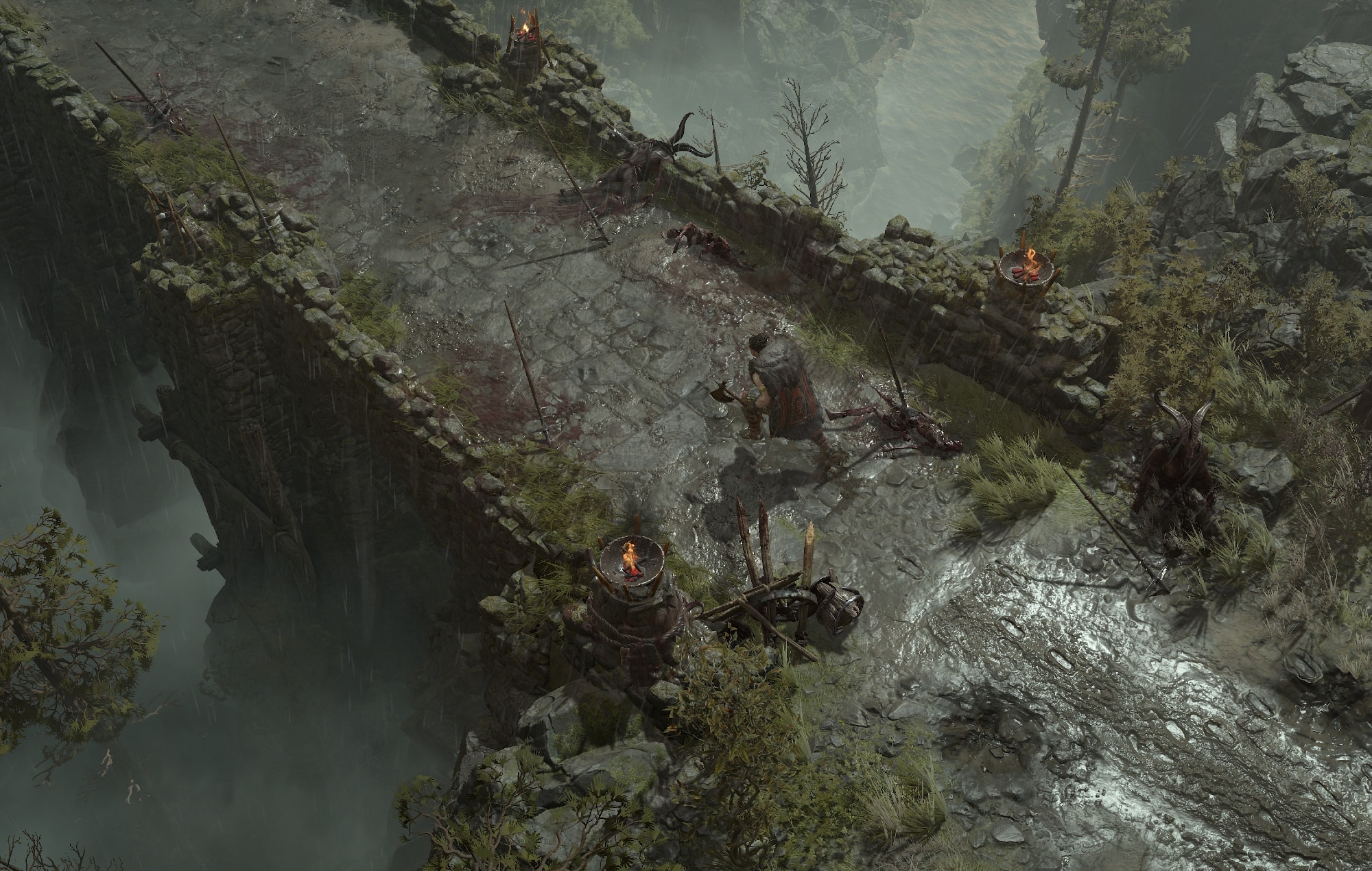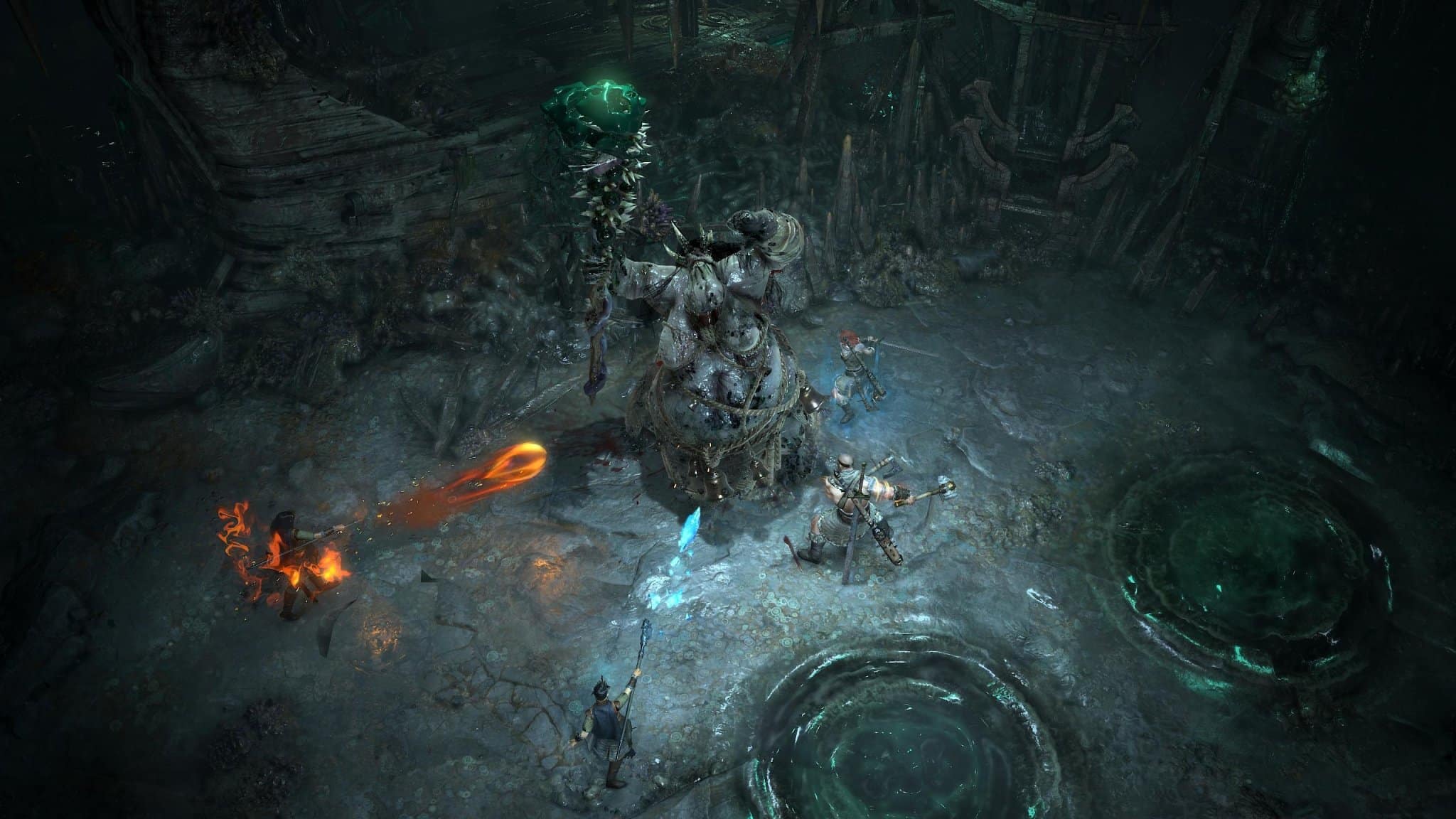Diablo 4 Damage Calculator: Learn How To Do Damage Buckets
Crafted through painstaking research, enriched with insights from top-tier Diablo 4 veterans, and thoroughly vetted by seasoned industry professionals, this authoritative guide on damage calculation stands as an unparalleled resource. Every recommendation—down to the finest detail of additive vs. multiplicative damage—has been exhaustively examined to ensure maximum expertise and credibility. By mastering these damage buckets, you’ll not only unlock extraordinary power but redefine what’s possible in your Diablo 4 gameplay.
Understanding the difference Diablo 4 multiplicative vs additive damage is critical to optimizing your gameplay. The conventional approach of adding damage numbers needs to be revised compared to the immense potential of multiplying your damage. You can unleash extraordinary power by categorizing damage into distinct buckets, where values within each bucket add together and multiply across different buckets.
Diablo 4 Damage Buckets Summary Table
Section | Details |
|---|---|
Damage Buckets | 1. Primary Attributes: Includes Strength, Dexterity, Intelligence; impacts overall damage output. |
2. Critical Damage: Boosts critical hit damage for higher burst potential. | |
3. Vulnerability: Offers a base 20% damage increase, no crit chance needed; found on weapons and rings. | |
4. Damage vs. Specific Enemy Types: Covers modifiers like damage to close or slow enemies; additive within bucket. | |
5. Damage under Specific Conditions: Includes bonuses like damage while healthy or in specific forms (e.g., werewolf). | |
6. Damage with Specific Core Skills: Rare modifiers that enhance primary abilities; powerful on weapons. | |
7. Class-Specific Damage Modifiers: Unique to classes, e.g., necromancer blood pickup, rogue dodge bonuses. | |
8. All Other Damage Modifiers: General increases not in other buckets, e.g., Berserk King all damage boosts. | |
Modifier Types | – Plus (+): Add together within the same bucket. |
– X: Multiply the total plus damage value within their bucket or act as global multipliers if alone in a bucket. | |
Interaction | – Within Same Bucket: Plus modifiers add (e.g., +100% Damage to Close + +100% Damage to Slow = +200%). |
– Across Different Buckets: Multiplicative (e.g., +100% Damage to Close × +100% Damage with Fire Skill = +300%). | |
– X Modifiers: Apply to their bucket’s total (e.g., +100% Damage VS Close × x10% = +120%), then add to others. | |
Example Calculations | – Same Bucket: +100% Damage to Close + +100% Damage to Slow = +200% damage. |
– Different Buckets: +100% Damage to Close × +100% Damage with Fire Skill = +300% damage. | |
– Mixed Modifiers: +100% VS Slowed, +100% VS Stunned, +100% VS Closed, x10% VS Closed = +320% damage total. | |
Notes | – X modifiers aren’t fully multiplicative unless alone in a bucket; otherwise, they multiply their specific bucket’s total before adding to others. Check in-game tooltips for exact mechanics. |
This table condenses the article’s insights into Diablo 4’s damage buckets, highlighting how to optimize damage by understanding additive and multiplicative interactions.
TABLE OF CONTENTS
Identification of Diablo 4 Damage Buckets
Diablo 4 divides damage stats into categories or “buckets.” Things inside the same bucket will add together instead of multiplying, but they will multiply with things from different buckets. Understanding these buckets is crucial for optimizing damage output and crafting powerful builds. Let’s look at some examples to grasp better how these Diablo 4 damage buckets work.
Example 1: Damage Modifiers within the Same Bucket
Suppose you have +100% Damage to Close enemies and +100% Damage to Slow enemies. Since both modifiers fall within the same bucket, they will add together. Therefore, the total damage increase against Close and Slow enemies would be +200%.
Additive Damage Bucket
Example 2: Damage Modifiers from Different Buckets
Imagine you possess +100% Diablo 4 damage to close enemies and +100% Damage with Fire Skill. These modifiers belong to different buckets, and as a result, they multiply with each other. In this case, your damage output would be amplified by a significant +300%.
Multiplicative Damage Buckets
Understanding how these Diablo 4 multiplicative damage buckets interact allows you to strategically combine different damage modifiers to create potent builds. By diversifying your sources of damage and exploiting the multiplication between buckets, you can maximize your damage potential in Diablo 4. It’s important to note that these examples provide a simplified representation, and in-game mechanics may involve more complex interactions and variations.
Characteristics of Damage Buckets
There are eight Damage Buckets in total in Diablo 4. Let’s delve into the characteristics of each of them to unravel the secrets of maximizing your damage potential.
Bucket 1: Close Enemies
This bucket includes your character’s primary attributes, such as Strength, Dexterity, and Intelligence. These stats directly impact your overall damage output and are essential for building a solid foundation for your character.
Bucket 2: Slow Enemies
This bucket revolves around modifiers that increase your critical damage. Incorporating crit damage into all your builds can be challenging, but it’s worth considering for maximizing burst damage potential.
Bucket 3: Fire Skills
Vulnerability is a potent damage modifier found on weapons and rings. It provides a base 20% damage increase and doesn’t require additional requirements like crit chance. Including vulnerability in your build can more than double your damage output.
Bucket 4: Elemental Damage
This bucket encompasses modifiers that enhance your damage against specific enemy types. Whether damage versus close enemies or damage versus slow enemies, these modifiers stack additively within the bucket but multiply with modifiers from other buckets.
Bucket 5: Critical Hit Damage
The damage while bucket focuses on modifiers that provide damage bonuses under specific conditions. Examples include damage while healthy, damage in werewolf form, or damage in human form.
Bucket 6: Damage over Time
This bucket includes modifiers that specifically boost damage with specific core skills. It is relatively rare but advantageous to have damage with core skills on weapons, as it amplifies the effectiveness of your primary abilities.
Bucket 7: Damage Reduction
Certain classes have unique damage modifiers exclusive to them. For example, necromancers have damage from picking up blood or activating a golem. Rogues have damage from dodging. These modifiers can provide specialized damage bonuses for specific playstyles.
Bucket 8:All Damage
The final bucket comprises all damage modifiers that do not fall into the previous categories. It encompasses general damage increases from various sources, such as all damage from Berserk King or increased damage after consuming a corpse as a necromancer. Anything not explicitly categorized will be considered as all damage.
Differentiating Plus and X Modifiers
When delving into the intricate damage mechanics of Diablo 4, it’s crucial to differentiate between two types of modifiers: those denoted with a plus sign (+) and those represented by an “x”: modifiers labeled with a plus sign (+) will add together; however, modifiers with an “x” will multiply your total plus all damage value.
The fundamental principle in Diablo 4 is to multiply your damage rather than simply adding it up. Let’s understand the mechanics of damage modifiers in Diablo 4 with a practical example. Imagine you have the following modifiers:
- +100% Damage VS Slowed
- +100% Damage VS Stunned
- +100% Damage VS Closed
- x10% Damage VS Closed
If we consider the x10% Damage VS Closed, it will multiply your +100% Damage VS Close using the formula: (1+0.1) x (1+1) = 2.2 times damage, resulting in +120% Damage. We add this value to the damage bonuses for stunned and slowed enemies. Altogether, it adds up to 320% Damage.
Now, let’s see how it would be different if the x10% Damage to close enemies were multiplicative. In that case, the calculation would be (1+3) x (1+0.1) = 4.4 times damage, resulting in 340% Damage.
So, the critical point here is that even though stats with “x” in front of their number aren’t multiplicative with everything, you can use them as a global multiplier if you choose only one stat from that bucket.
Don’t miss out on the opportunity to become a formidable force in Diablo 4. Visit LFCarry.com today and let us guide you through the secrets of damage mechanics, ensuring you have the knowledge and expertise to dominate the game.
-
 Diablo 4 Gold
Diablo 4 GoldAfter you place an order, we will go through our player base and select one that will suit you best for your order. We will match you with a PRO who will trade the desired amount of gold for you.
-
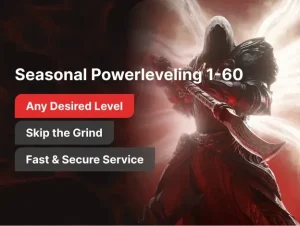 Seasonal Powerleveling
Seasonal PowerlevelingWhen your character achieves the desired level, you can devote more time to adjusting your build, farming items, and completing challenges in the Seasonal Journal and Battle Pass.
Read also:

Veronica Vilberger is a gaming writer passionate about creating detailed guides and insightful content for popular online games, helping players navigate challenges, optimize their strategies, and stay up to date with the latest developments.

